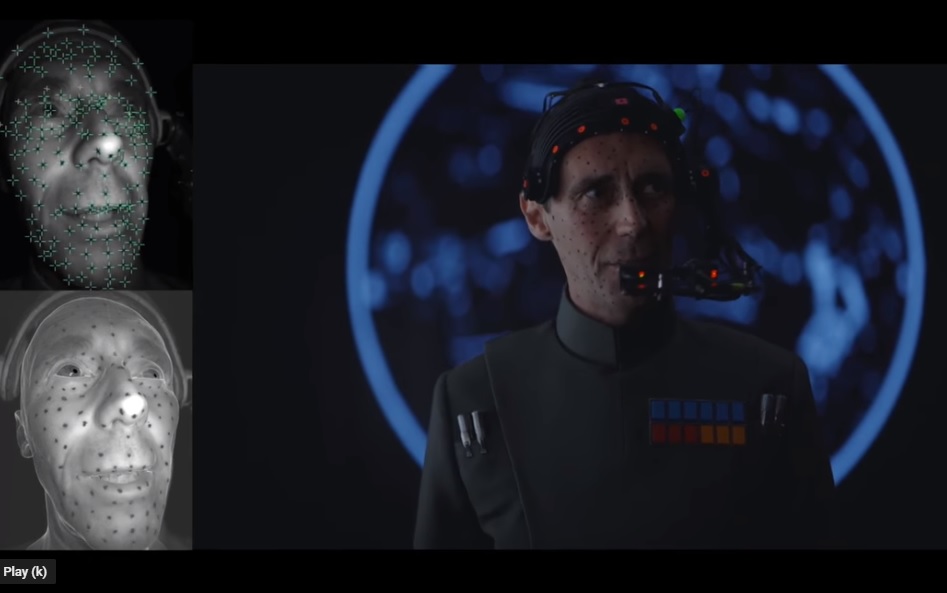Over the years the role of CG art in films has grown so much its capabilities have a major influence on the storylines which are possible. We all know that films like Robocop, The Avengers and The Shape of Water probably wouldn’t exist without the special effects offered by the world of CG art.
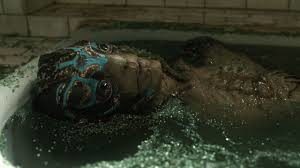
However, CG art also plays much less obvious roles in many iconic films ranging from seamless actor stand-ins to full CG set construction. Here’s a selection of our favourite instances where CG technology is hard at work, but mostly goes unnoticed.
In Tim Burton’s dark comedy Dark Shadows, attention to detail was paramount to creating the kind of creepy gothic environment Burton was keen to create. With Johnny Depp playing the part of Barnabas Collins, although the CG element in this production was nowhere near as full on as in family favourites Alice In Wonderland and Pirates of the Caribbean, it still had an integral part to play. In order to make the Depp’s vampire convincing, Burton insisted he shouldn’t be seen to blink and nor should he impose any reflections in any of the windows or reflective surfaces Barnaby breezes past. The CG team working on this movie removed 700 frames of Depp blinking. They also removed his reflection from all windows and all glass and shiny surfaces to subtly cement his other-worldly qualities within the viewer’s perception.
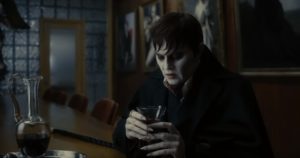
Ghost Rider is another example where obvious CG effects like Nicholas Cage’s face setting on fire eclipse the finer work of the team. For example, in this scene where Cage checks himself out in the mirror, his tattoos had to be removed. Whilst doing so, the opportunity to add a meatier set of abs was taken, resulting in this more muscular, un-tattooed Cage.
BEFORE CG:
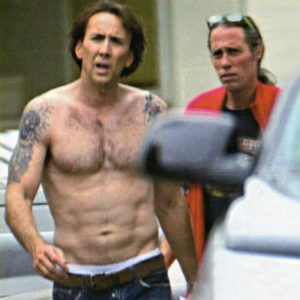
AFTER CG:
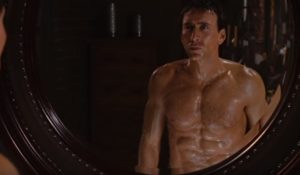
Released in 2007, Zodiac was a big budget biopic depicting the story of the of the manhunt for the Zodiac Killer, a serial murderer who terrorized the San Francisco Bay Area during the late 1960s and early 1970s, taunting police with letters, bloodstained clothing, and ciphers sent to newspapers. The case remains unsolved, but was re-opened for investigation just prior to the film’s release. Director David Fincher, screen-writer James Vanderbilt, and producer Bradley J. Fischer went so far as to conduct their own investigations into the case whilst making the film, though to this day it remains one of America’s most famous unsolved crimes. Fincher, known also for his work on Alien 3 and Fight Club trained his eye for detail on recreating authentic 70s settings throughout this biopic set in San Francisco. Although this film does not strike you as a CG-heavy film in the obvious ways, CG techniques were used extensively in order to recreate the authenticity of the killings and also of the settings.
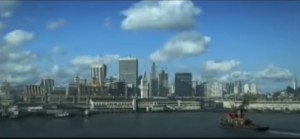
Although you’d be forgiven for thinking this sequence is very real, by necessity it was a CG recreation of the 70’s version of San Francisco bay. Thirty to forty years later it had changed so much the team had to start from scratch, building the 60s-70s shoreline completely in CG. They started by using a viper camera to take some shots of the actual shoreline from Treasure Island, just across the water from San Francisco, photographing the city with longer lenses to capture the angles and horizon etc. These images were used to create a framework which was filled in with CG. Elements which had not changed were mimicked in CG, and everything else was modelled from scratch.
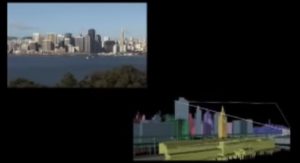
Fincher wanted shots like these to be bright and blue and filled with sunshine in order to contrast with the horror of what happens in the dark night scenes, which from a CG point of view meant the lighting had to be spot on and everything had to be depicted in the absolute detail revealed by bright morning sunshine. With sequences like these, it’s all about the detail. In this case, even the water was created totally in CG and included a steam ferry. Traffic and people, seagulls and pigeons taking off in the background had to be realistically added to create a sequence that would appear to be early 70s real.
Jurassic park remains one of the pioneering CG film franchises which is renowned for its skill of seamlessly merging CG elements with real action. But while you’re busy being distracted by the dinosaurs themselves, it’s easy to overlook some of the more subtle trickery.
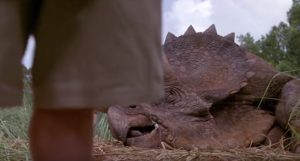
When Lex, the grandchild of the park’s creator, is trying to escape the onslaught of the out-of-control dinosaurs she falls through the ceiling, her body dangling for a few moments before she is pulled to safety. This was too risky a situation to put the young actress Ariana Richards into so a stunt double was used. In this clip, where Lex briefly looks up, Ariana’s face was superimposed upon the stunt double to give the whole scene that level of realism required to suspend disbelief.
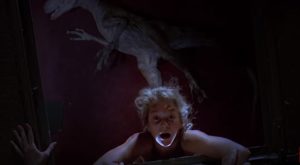
Rogue One – A Star Wars Story. Though this is set just after the events of the 4th film of the series, it naturally contained characters from the earlier movies, including the first ever Star Wars film. Problem being Peter Cushing, the actor who originally played Governor Tarkin in the first star wars movie had passed away many years previously. John Knowle and the award winning team at ILM behind the CG in this movie pushed the boundaries of CG effects, especially in the area of CG humans, recreating a digital, CG version of Peter Cushing’s Tarkin. This is a complicated and painstaking process involving scanning, filming, animating and rendering, but the effects are amazing.
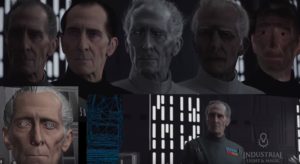
If you didn’t know Peter Cushing had passed away, would you ever suspect?
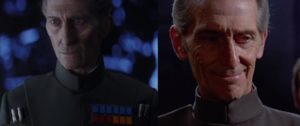
And one more bonus feature. Do you recognise this iconic shot?
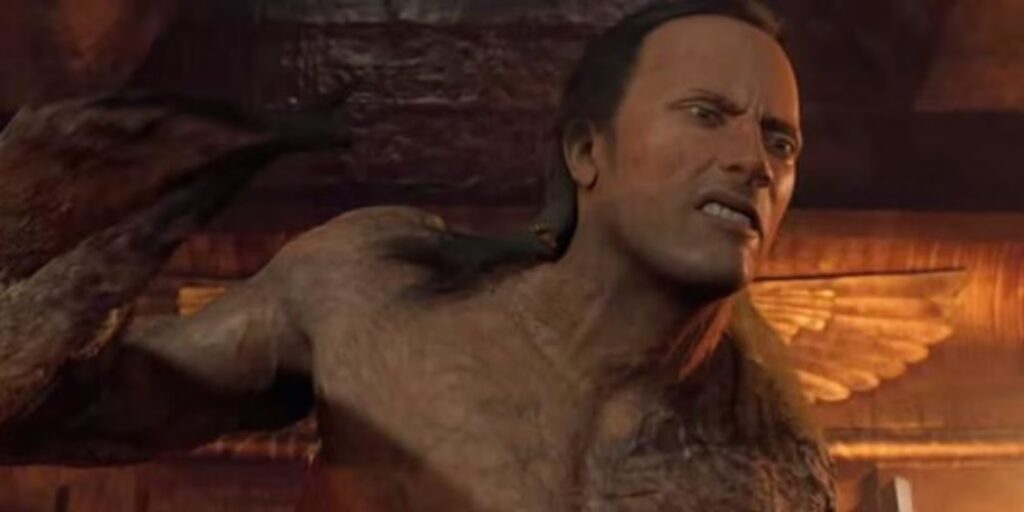
This iconic moment hails from the 2010 film ‘The Mummy Returns’. It was critical for the Scorpion King to look convincingly threatening, but instead it had the opposite effect (read more here). Last minute efforts to produce cutting edge CGI led to this comical (and now infamous) scene at exactly the moment when the CGI quality needed to shine through.
Even so, the idea was groundbreaking at the time, and has been taken up more successfully since then – particularly in the latest Star Wars installments where Luke, Leia and Moff Tarkin (above) were digitally rendered. In 2010 the process of realistically rendering the likeness of a recognisable person was a bridge too far, but it certainly set the ball rolling.
